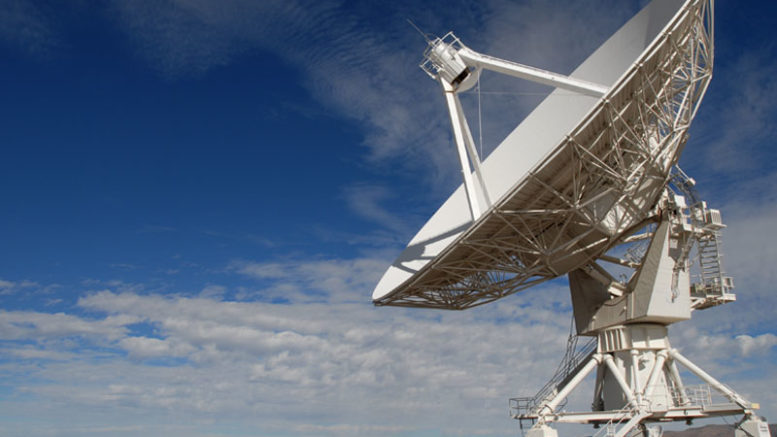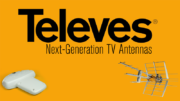This is a bleepin’ huge dish. But unless you’re an engineer you’re probably not going to be able to use it to get satellite television. You probably won’t get it to fit in your yard, and good luck getting it on the roof.
Luckily you won’t have to. Today’s satellite TV dishes are smaller than 39″ in every direction, to allow them to meet federal rules for the kinds of antennas you can use in HOA and apartment installs. But what if you think that’s not good enough?
Yes, there are going to be cases where a small dish isn’t routinely pulling in enough signal to keep the TV signal running 24/7. If you’re in an area with frequent heavy rains, it may be a problem. Also, if you’re in Alaska or Hawaii, where pointing the dish means pointing it toward the horizon, that’s a problem. But I’ll say this, and I know it’s going to ruffle a few feathers…
A bigger dish isn’t the answer.
Neither DIRECTV nor DISH have larger dishes for use in the continental US, and for the simple reason that they aren’t needed. 99.9% of satellite TV customers are just fine with the standard dish. Those who aren’t can usually take simple steps to make things work for them. It’s not about a bigger dish, and I don’t recommend using DIRECTV’s Alaska/Hawaii dish in the continental US. It’s expensive and bulky and there’s no need for it.
So what can you do?
First of course, eliminate obstructions. Trim trees whenever possible, and if they’re on your neighbor’s property, make nice. Invite him or her over for a day of sports and maybe he’ll let you trim a bit of foliage down.
The most important technical tool for getting rid of signal problems is called “dithering.” Using a satellite meter, turn the alignment screws on the back of the dish a quarter-turn at a time and see if the signal levels improve. If they go down, then start going the other way. Note the signal level that you have, then keep turning the screw until the level peaks and starts to go down. When it reaches the same level where you started, note the number of times you turned the screw. Then turn it back exactly half as many times. This will ensure you’re hitting the exact center of the beam.
The other thing you can do is use an amplifier. Amplifiers will help you avoid the noise inherent in the line and may help you with rain fade issues in some rare cases. Amplifier should only be used on non DIRECTV SWM dishes, never on SWM dishes. The proper amplifier will normalize your signal so that it will be the proper level, no matter how weak it starts.
Get the equipment you need from Solid Signal
Solid Signal is your home for all the satellite accessories you need. We have the same equipment the professionals use. We’re the only place you can get what you need. Shop at Solid Signal now for the tools and accessories for every project! If you need tech support, we’re here for you, too! Just call us at 888-233-7563 during East Coast business hours. If it’s outside that time, fill in the form below.





